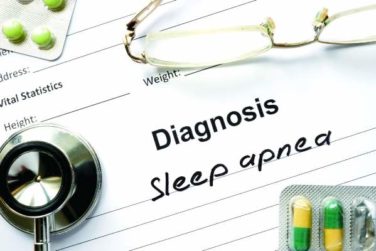Afamelanotide dramatically reduces the number and severity of phototoxic reactions, shortens recovery time, and markedly improves disease-related quality of life in adults who have erythropoietic protoporphyria, according to a report published online July 2 in the New England Journal of Medicine.
Erythropoietic protoporphyria, a rare inborn error of metabolism that usually manifests in early childhood as severe photosensitivity, causes excruciating pain 1-20 minutes after exposure to the sun. The pain can last for days, and often creates an ingrained fear of sunlight in patients. The disorder has a major impact on patients’ quality of life, drastically limiting their daily activities, work opportunities, and lifestyle choices. There is no effective treatment. Many therapies have been attempted, but all have shown little or no benefit, said Dr. Janneke G. Langendonk, of Erasmus Medical Center, Rotterdam, the Netherlands, and her associates.
Afamelanotide is an analogue of human alpha-melanocyte–stimulating hormone that has been approved for erythropoietic protoporphyria on a compassionate-use basis in Italy and Switzerland for more than 8 years. After pilot studies and phase II clinical trials showed the agent had an acceptable adverse event profile in adults, two multicenter, randomized, double-blind, placebo-controlled phase III trials were performed in Europe (74 patients) and the United States (93 patients). Participants in these industry-sponsored studies received matching active or placebo subcutaneous implants in the fat above the iliac crest at baseline and on days 60 and 120 in the U.S., and also on days 180 and 240 in Europe.
The primary efficacy end point in both studies – the duration of pain-free exposure to sunlight – was 70% longer in the U.S. trial in patients who received active treatment (median, 69.4 hours) than in those who received placebo (median, 40.8 hours). The difference was even greater in the European patients (6.0 hours vs. 0.8 hours). Afamelanotide halved the number of phototoxic reactions in the European trial (77 vs. 146), but did not reduce the number of reactions in the U.S. trial. “In both studies, placebo recipients tended to have more pain relative to the time spent in direct sunlight, and they had more days with moderate to severe pain,” the investigators said (N. Engl. J. Med. 2015;373:48-59 [ doi:10.1056/NEJMoa1411481 ]).
Afamelanotide also shortened recovery time from phototoxic reactions, a major benefit because these reactions can last for several days and cause frequent absences from school or work. The active treatment also markedly improved every aspect of patients’ quality of life, as measured by the Erythropoietic Protoporphyria Quality-of-Life questionnaire.
“On the basis of the results of our clinical trials, the European Medicines Agency and the European Commission recently approved the use of afamelanotide in patients with confirmed erythropoietic protoporphyria,” the researchers noted.
dermnews@frontlinemedcom.com



